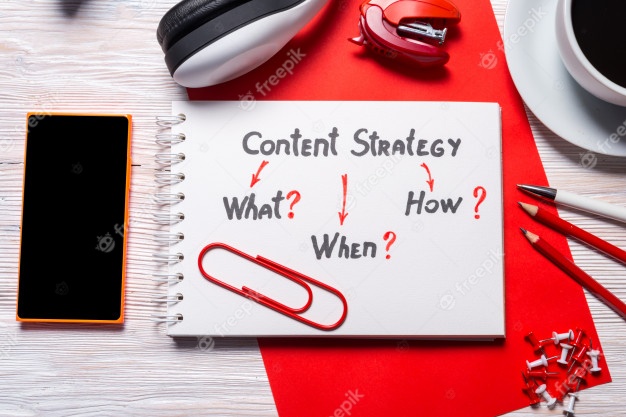
5 Tips to Boost Your Content Marketing SEO in 2022
Given the evolution of consumer behaviour and the sheer volume of content produced, content marketers cannot rely solely on past SEO performance data to predict future success.
Google’s mission hasn’t changed; it still wants to provide the best answer for every query. However, its ability to provide the best solution has evolved, allowing it to provide the best option more frequently.
Given that 71% of marketers believe organic search plays a role in their business intelligence, it’s critical to learn everything you can about how search relates to your business, target audience, and more. Here are seven areas to investigate.
- Market knowledge
According to HubSpot’s Not Another State of Marketing Report 2021, 83% of marketers conduct market research, and 88% use that research to inform business decisions. Market research spending will be increased by 67 percent of those polled in the coming year.
Understanding your market in depth can assist you in determining the ranking and traffic potential of content assets. Keyword research is an important granular activity here because it helps determine the terms and phrases that customers use to find content, products, and services similar to yours.
- The intention of the searcher
Understanding why your target audience searches allow you to deliver content that they will enjoy.
Connect your existing content to the journey of your customers. Look for any gaps in your coverage. Perhaps you’re doing an excellent job of creating top-of-funnel awareness and informational content but lack content that answers commercial or transactional intent queries. (Alternatively, perhaps that resource exists but isn’t ranking well and could benefit from another round of optimization.)
You can also assess the queries people use to find your content. You can ensure that content continues to provide the best and most comprehensive answer when you understand the why behind the queries you’re targeting.
Finally, you can delve deeper to examine the micro-moments – the person’s state of mind at the time of the search. Google published a series of white papers in 2015 centered on four critical micro-moments of search behavior: know, go, do, and buy.
Micro-moment strategies are still highly relevant in 2021. By: Analysing SERP results through a micro-moment lens, you can better align content to customer journeys and your content marketing strategy by:
- Understanding how to use videos, images, and quick-read content
- Understanding how target audiences and keywords change in each micro-moment
- Increasing the speed with which keywords are aligned with their customer journey.
- Determining how paid content strategies can supplement SEO for multiple micro-moments in order to dominate targeted keywords and categories.
- Assisting you in prioritizing content spending in relation to conversions.
- Different types of searches
How does your intended audience find the content? This can have a significant impact on the format and even the information included.
If you discover that 85 percent of your blog traffic comes from mobile devices, for example, you should seriously prioritize providing a quality mobile page experience. The importance of ranking factors such as page speed, external links, technical elements, and on-page factors varies by industry.
- SERP placement
The appearance of search engine result pages varies depending on the search. They can now include dozens of features, such as rich snippets, video and image results, map packs, people-also-ask questions, and answers, and so on, in addition to the traditional results with the title, search snippet, and link.
It’s critical that you understand the types of results that appear on the SERP for the queries you’re attempting to rank for. For example, if the results page includes a listicle-style featured snippet with older, less authoritative content, it could be a great opportunity for your brand to create and optimize a better listicle article on the topic. Alternatively, if you pursue a topic where a video appears on the SERP, you could create and optimize a video to win placement in those rich results appearing above the fold.
In many cases, as I demonstrate below for health care, education, home improvement, finance, travel, and eCommerce, you can learn from trends in your industry. For example, while health care and education have a segment of searchers who prefer quick answers, that type of content does not appear as a preference for home improvement, finance, or eCommerce.
This advice is a little trickier because you can’t always optimize content based on what people are doing on your site in real-time. However, research from Segment, Accenture, and others shows that when content feels impersonal, consumers become frustrated, and they are more likely to shop with brands that provide personalized offers and recommendations.
AI-enabled SEO technology can be a huge help in accomplishing this scale. After all, by the time you review the site analytics and figure out exactly what that visitor was looking for, they’ve already left.




